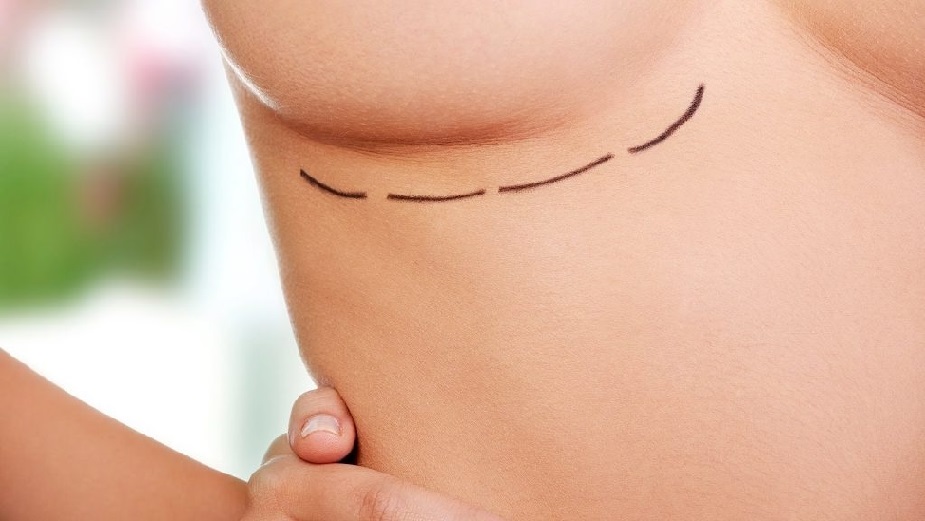
Breast augmentation is one of the most common and safe cosmetic surgery in the world. Most women who undergo such procedure do not suffer from any complications deriving from it afterwards. However, no surgery can ever be guaranteed as 100% complication free and in this case, there is a possibility of “Bottoming Out”. What does it mean and what can you do to prevent it?
What Is a Bottoming Out Breast Implant?
“Bottoming out” occurs when a new implant loses internal support. Sometimes, the underlying muscle of the breast is too weak or the skin is simply unable to hold the implant in its proper place. It then starts to sink down toward the lower part of the breast. That is commonly known as “bottoming out”.
Usually, when this happens, there will be a noticeable increase in the distance between the nipple and the fold under the breast. At the same time, the bottom of the breast will be bulging and the nipples will be pointing upward rather than forward.
This situation can occur when there is a weak tissue structure and a poor elasticity of the skin. It becomes difficult for the implant to remain in place and it starts to drop downward. This weakness can be caused by an important weight loss, pregnancy, breastfeeding, a high concentration of breast fat, aging and smoking. The larger the implant, the heavier they are and therefore the greater the risk of bottoming out, so that is one thing to keep in mind when choosing the size of an implant. And yes, it can also be caused by an error from the physician during the procedure.
Best Ways to Prevent from Bottoming Out Implants
Choose your surgeon wisely
An experienced and qualified surgeon will not only remove some of the risk of errors during the surgery, but he will also help in the decision about the size of the implant. Before making your final choice, you should consult with a few different ones. If the surgeon is competent, he should be very knowledgeable about the type of implant to use, where to place it, and the appropriate size and weight. And if he sees the possibility of underlying issues, he will not perform the surgery.
Listen to your body
No surgeon will ever know you and your history as well as you do. If you have just lost a lot of weight or breastfed a baby, this might not be the best time for you to undergo this type of surgery. If your body shows signs of skin laxity due to aging or stretch marks, make sure to bring up all this information during your consultation so that the surgeon can have a full view of the situation.
Implants placement
Variations in breast augmentation procedures will affect the longevity of your results. In most cases, the implant will be placed under the pectoral muscle as it helps to support it and keep the implant in proper position. A breast implant, placed on top of the muscle, augments the danger of bottoming out, so make a point of asking your surgeon about the different options.
Choosing the right size, shape and texture
It is important to choose the proper size, shape, and texture of a breast implant to attain an appealing result but also to protect from bottoming out. Smaller implants hold less risk, so it’s important to remember that bigger is not always better. It’s also good to keep in mind that silicone implants are less dense than saline implants, therefore less likely to bottom out. Certain implant textures and surfaces can also ensure that the implant will remain in place. Finally, know that large implants on a small frame add to the danger of bottoming out.
Follow post-op instructions carefully
When you feel good, you can forget that you just had an operation, but it is important that you follow all post-op instructions to the letter. This will significantly lower your chances of a bottoming out implant. You’ll need to get plenty of rest, so don’t go back to exercising for a while. Avoid heavy lifting and do not forget to wear a supportive bra at all times, at least in the beginning. It will help your muscles to adjust to the new weight.
You can also ask your surgeon about anchoring structures. They can be used to secure the deep connective tissue inside your breasts, which will help while your implants are settling.
What if it Still Happens?
You followed the prevention tips above but still your implants are bottoming out? There is only one option and it is to undergo corrective surgery. First, you’ll need to have your implants removed so that the breast tissues and the pockets can heal, and then the surgeon will perform a reconstruction surgery.